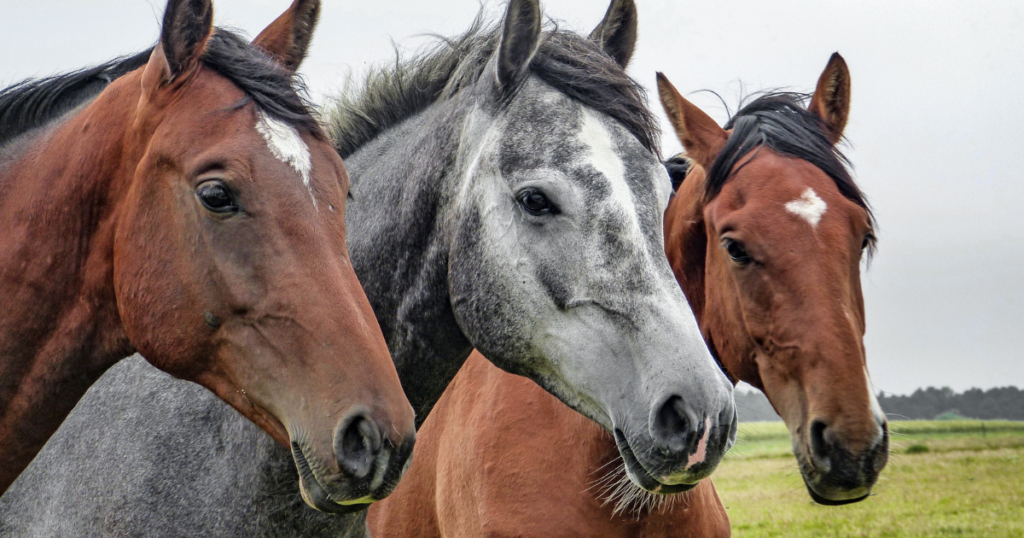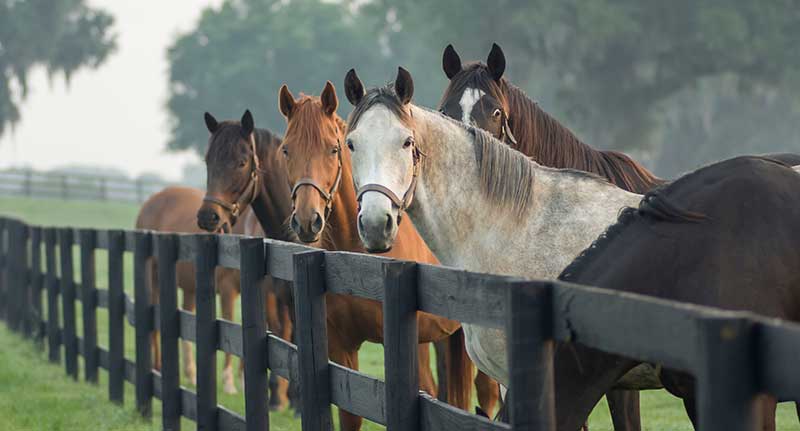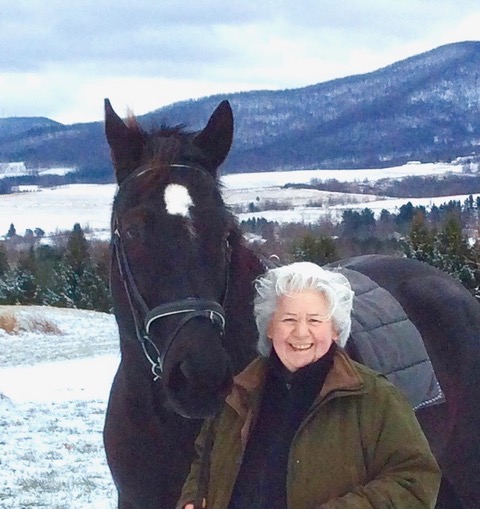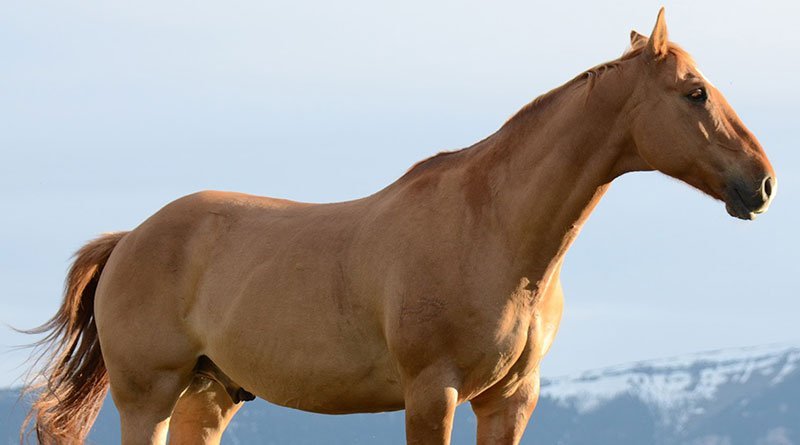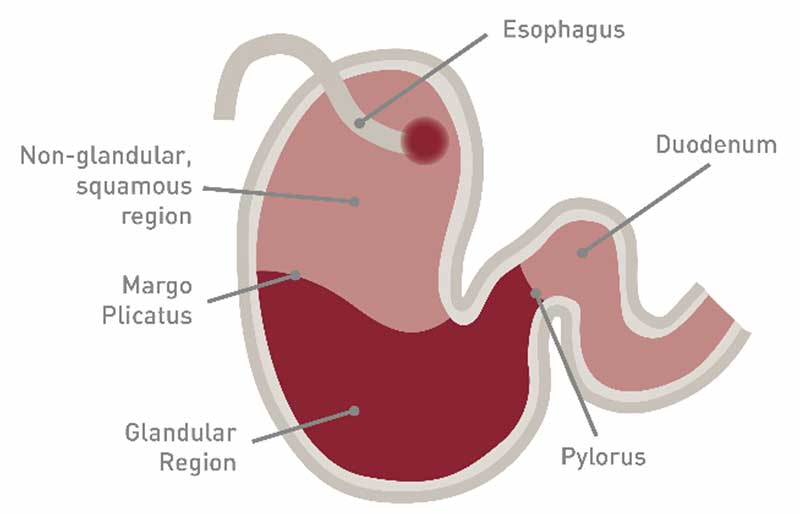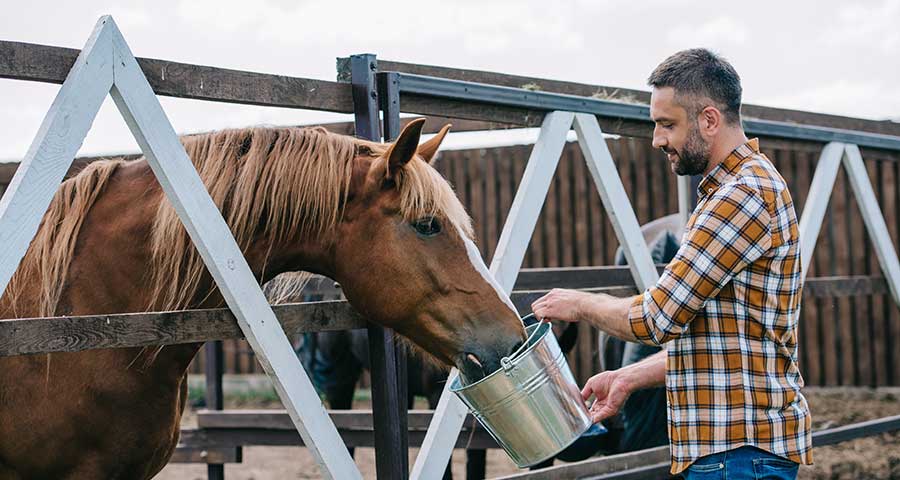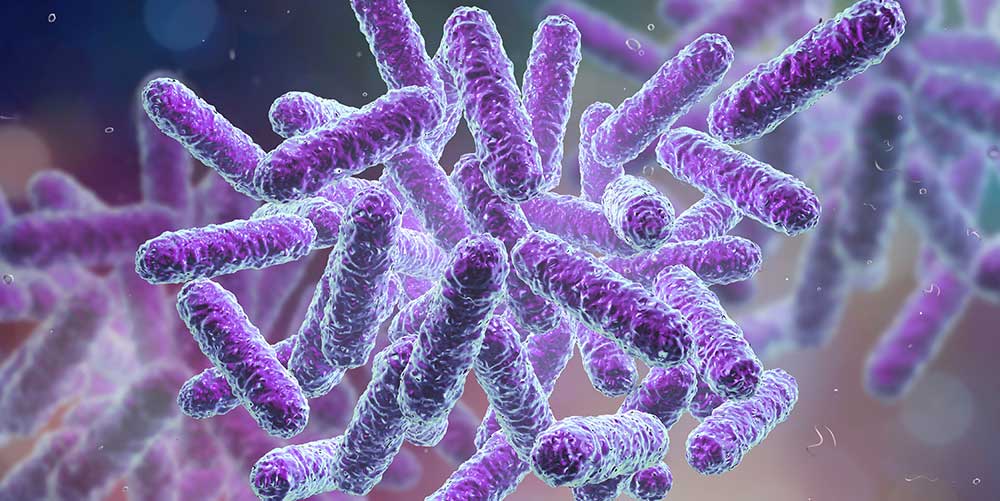Do You Follow The Equestrian Mantra “We Win Our Ribbons At Home; We Just Go To The Shows To Collect Them”?
by Nikki Alvin-Smith
A British event rider appearing as a contestant on the very funny British TV show, “Come Dine With Me,” (find it free on TUBI), quoted an equestrian mantra that resonated with me as a fellow competitive rider:
“We win our ribbons at home; we just go to shows to collect them.”
How true is that! While the gal was likely referring to the hard work we all put into training our horses for competition success at home and the need to ensure we are properly prepared before adding the stress of the showground environment, it also applies to how we manage our horses’ well-being and health in our stable yards.
Setting your horse up for success comes down to his fitness level and his understanding and ability to accomplish whatever task your favorite equestrian discipline throws at him.
Horse health is often such a complex task to manage when you are busy striving to attain peak performance at a specific time. Add in the vagaries of the seemingly unending ability for horses to injure themselves at the 11th hour before a major event, plus the need for careful management of the combination of needs to show and the struggle to reach full potential at the right time becomes very real. Between completing show paperwork online, obtaining required vet clearances, loading trailers with tack and equipment, feed needs and packing, attire for show and trotting up for vet checks for rider, and the inevitable increased tension that life at the showgrounds presents, everything becomes a sincere challenge. And you haven’t even entered the ring yet.
The equine partner in this endeavor, will feel a certain level of his own angst or stress throughout these proceedings. And while he’s not texting and forwarding emails from A to B, or cleaning show stalls and lugging shavings about, he is likely nonetheless to be experiencing butterflies in his stomach. A heightened sense of nervousness, attention to his surroundings and the need to ‘take it all in’ can overwhelm even the most stalwart equine character.
The best way to mitigate the likely health bumps in the track that such tension can cause for your horse, is to ensure that he has a healthy microbiome. Your horse’s microbiome is found in his small and large intestines, but is also active in his lungs, skin and nasal passages. This throng of fungi, viruses, bacteria and other microorganisms has to be kept healthy in order to properly break down feed, medications, supplements and absorb them.
Plus, also very importantly, it aids the immune system providing invaluable support. When your horse is under stress he is necessarily more prone to infection and contagious disease. Exposure to viruses or bacteria can obviously compromise his health, so a strong immune system helps keep your horse healthy and safe.
The recent advent of the availability of Grand Postbiotic has unleashed a significant benefit in regard to adding another layer of protection to our hopefully healthy horses, by optimizing their digestive processes through several notable features. These bioactive compounds are shown to act as a barrier to harmful bacteria and their support of intestinal health also includes a performance critical aid, they increase blood oxygen levels and reduce recovery times from lactic acid accumulation. An edge that can help any horse perform better.
Grand Meadows owner, Nick Hartog, a veteran of the feed supplement industry and of course a leading manufacturer of same, explains postbiotics and the digestive system in his blogs and fireside chats. A great resource for those horse owners that seek a better understanding of just how critical a role the horse’s digestive system plays in optimizing its health.
It’s true to say that as equestrian competitors, we do win ribbons at home. The preparation for success encompasses all aspects of horse training and horse care. From soaking or steaming hay to remove microbes for lung health, to upgrading feeding regimes (which doesn’t necessarily mean adding more grain), to formulating the best exercise program and interval training our horses mental and physical health, the building of an equine athlete takes applied knowledge and a lot of love and attention.
Giving your horse a leg up to allow him to have the best chance of maintaining good health throughout the hectic competitive season comes down to you. And while collecting those ribbons at the showgrounds is great, the real icing on the cake when you halt for the photographer on your dancing noble beast, is knowing you’ve done the best for your beloved equine partner by feeding him what he needs to succeed.
Enjoy that mental victory lap, whether you win the class or not.
About the Author

Nikki Alvin-Smith is a seasoned freelance writer who loves to share her lifelong experience with everything horse, rural lifestyle, and travel. Her works have been printed in more than two hundred fifty equestrian magazines worldwide and her published articles number in the thousands.
A Brit who has called New York home for more than 40 years, Nikki brings a unique perspective to her writing.Her experience as an international level Grand Prix dressage competitor, coach, and worldwide clinician, with a youth spent showjumping and foxhunting, provides lots of educational truths and fun moments to share with the reader. Additionally, she has been a horse breeder and importer of Hanoverian, Dutch and Iberian horses for more than 25 years. Together with her husband Paul Alvin-Smith, who is also a Grand Prix rider, operates Willowview Hill Farm, an organic hay farm and private dressage yard in the beautiful Catskill Mountains of New York.
Visit nikkialvinsmithstudio.com or horseinakiltmedia.com to learn more.

